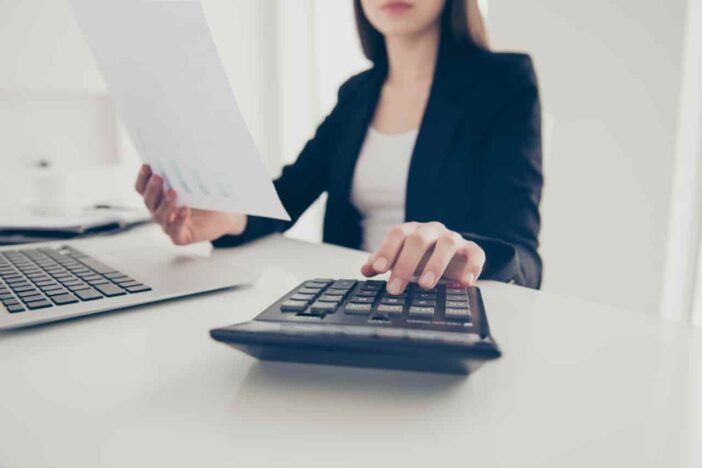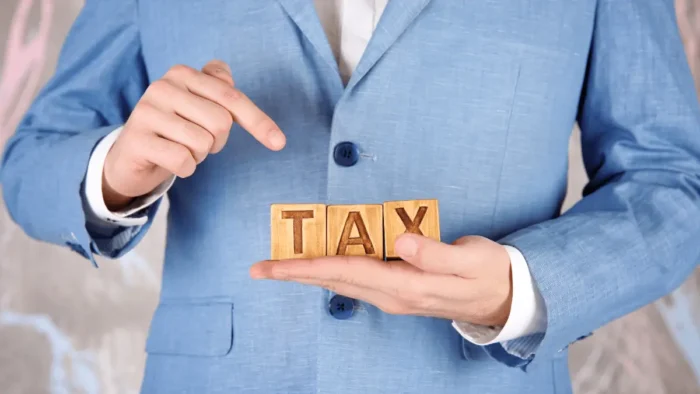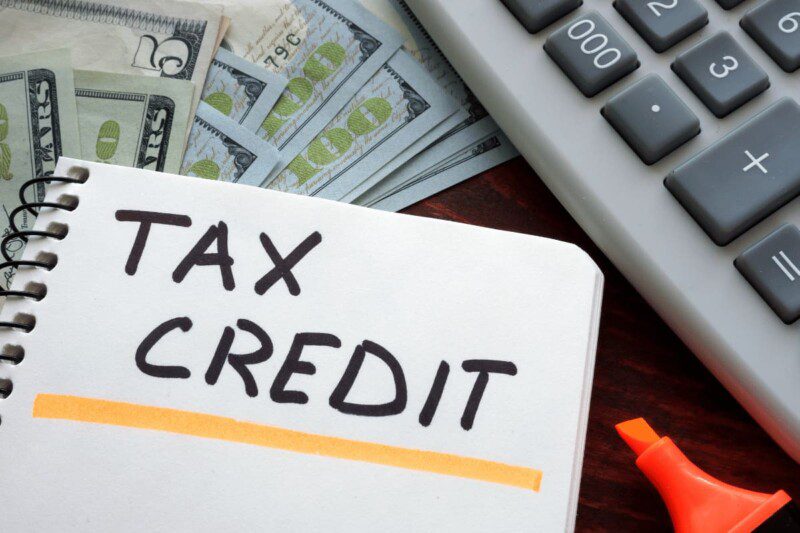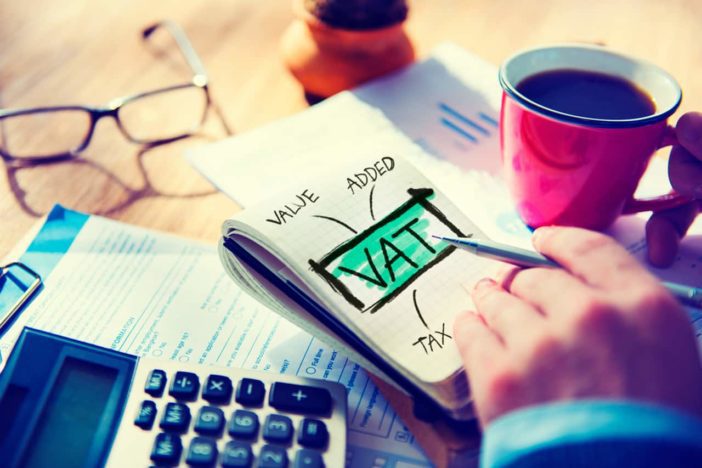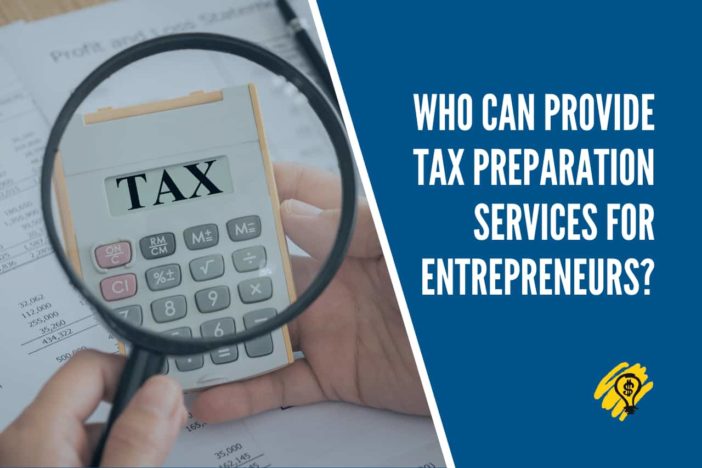Tax season is here, and now is the time to prepare your taxes if you run your own business or work for yourself. Being self-employed makes tax preparation a bit difficult. You have no human resources department to do the math for you. There is no payroll department to deduct the correct amount from your pay checks. You alone are solely responsible for satisfying the HMRC.
But if you’re well-informed and prepared, self-assessment can be accomplished smoothly and efficiently. Follow these steps to help you in self-employed tax filing:
1. Understand Your Situation
Even though it may seem obvious, this step can save you time and effort if the HMRC does not require you to file as a self-employed individual. The HMRC considers someone to be self-employed if:
- They are the sole proprietor of a business.
- They are an independent contractor and submit invoices for finished work.
- They pay for their own taxes and National Insurance.
- They are in a trade or business partnership.
As you can see, a self-employed person is not limited to owning a business or having an independent income as their principal source of income to qualify as self-employed. Those who work a regular job during the week and create handcrafted jewellery over the weekends to sell online are self-employed. If you make money from a hobby, side job, or have a skill you trade, you must declare it on your tax return.
2. Gather All Documents
When you’re self-employed, keeping records not only lets you track how your business is performing during the year but also streamlines the whole process. The following are important documents to gather:
- Your Unique Taxpayer Reference (UTR);
- Your National Insurance Number;
- Your P60 which includes complete information about your earnings from employment;
- Your P45 if you resigned within the tax year;
- Your P11D which outlines the cash equivalents of benefits and expenses that have been provided to their employees and directors during the tax year.
- Receipts for business costs that are tax-deductible; and
- Documents of your property’s income and expenditures, in order to calculate your rental net income for the year
As such, the HMRC may request verification of these charges or further information from you. So, having these documents on hand and arranged can help you make the process go more smoothly.
3. Calculate Your Income And Fill In Forms
This step tends to be self-evident as well. You are eligible for income deductions even if your work is essential. Once all expenses are deducted, and your net income exceeds GBP1000, you must fill in the right forms.
Two forms must be filled in as a self-employed person: the main tax return (SA100) then either SA103F (form for self-employment if your annual turnover is below the VAT for that tax year) or SA103F (form for self-employment if your annual turnover is above the VAT for that tax year).
If you have any other sources of income, you may need to fill out more forms: work income (SA102), UK property income (SA105), overseas income (SA106), trust income (SA107), and capital gains income (SA108).
In some cases, self-employed people do not earn enough to file a tax return. To see if you made this amount, deduct your expenditure from your earnings. If you earned more than GBP£1000 (before deducting expenses) in a tax year, you must file a return with the HMRC.
4. Verify Whether Or Not You Owe Estimated Taxes
Two conditions must be met for you to pay on account. The first is when less than 80% of your earnings are deducted at the source. Taxes are usually deducted at source by your employer if you are employed. Thus, you will only be required to pay on account if:
- You work full-time as a self-employed person
- You earn the majority (more than 80 percent) of your income from your own business if you’re employed
The second requirement is that your current tax bill must exceed GBP£1,000. If your tax bill is less than that amount (before deductions), you will not be required to make payments on account. Each payment is equal to half of the previous year’s tax. Accordingly, if your tax charge for 2020/21 is GBP£4,000, your two payments for 2021/22 will be GBP£2000 each.
Payments on account are more expensive in your first year as a self-employed person. After your second year, you might find it easier to pay your taxes because your payments are spread over two years.
5. Finish And Submit!
Remember that it is essential that you precisely record the data found on your SA100 when filling out the forms. The SA100 determines the amount of income you must disclose on your tax return. After that, you can note how much you owe the HMRC in taxes. Self-employment taxes are due by January 31 following the tax year they relate to. Yet, some taxpayers are required to pay their taxes in installments throughout the year. If you are subject to installment payments, you must make payments on July 31st of each tax year and January 31st of the next. Also, if you do not wish to pay online or digitally, you can include a cheque or with your return.
Conclusion
Self-employment makes tax preparation more challenging. But if you’re informed and prepared, self-employment taxes may be more straightforward than they appear. Filing self-employment taxes may be easier than it seems. These steps might help to simplify the process while also ensuring that you adhere to the HMRC tax filing standards for anyone self-employed.

